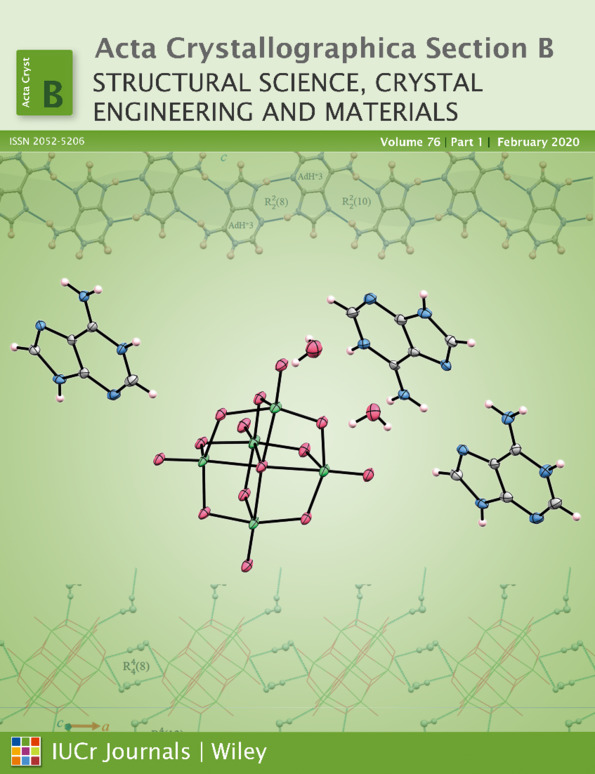Incommensurate crystal structure of PbHfO3
Abstract
Controversy in the description/identification of so-called intermediate phase(s) in PbHfO3, stable in the range ∼420–480 K, has existed for a few decades. A synchrotron diffraction experiment on a partially detwinned crystal allowed the structure to be solved in the superspace group Imma(00γ)s00 (No. 74.2). In contrast to some previously published reports, in the pure compound only one distinct phase was observed between Pbam PbZrO3-like antiferroelectric and Pm3m paraelectric phases. The modulation vector depends only slightly on temperature. The major structure modulation is associated with the displacement of lead ions, which is accompanied by a smaller amplitude modulation for the surrounding O atoms and tilting of HfO6 octahedra. Tilting of the octahedra results in a doubling of the unit cell compared with the parent structure.




